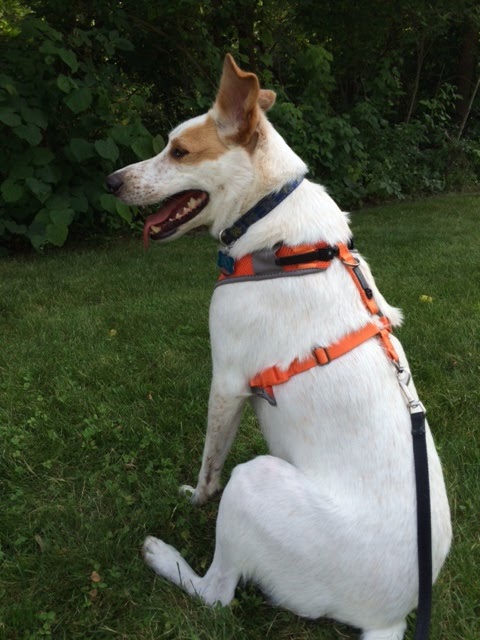How is it that as a first year teacher I had time to write a blog, but it's taken me 2 years and the start of my 4th year teaching to get back to it? Wow, time sure does fly! I hope to be better about posting this year. It's my third year at the same school so I feel like I'm finally getting my feet under me. In fact, my introduction lesson I have now taught over 40 times! This lesson is a great way for the students to get to know me, for me to learn how to say their names (without messing up!), and to review vocabulary.
On the first day of class, I always start out by saying hola/buenos dias/buenas tardes, depending on the time of day. After a few introductory things (such as my name, how often Spanish meets, and what they need to have on their desk (nothing! for today), I do the following activities for a 40-minute class.
Introduction powerpoint
I choose 3-5 pictures of myself and put them on separate slides. Then, I describe each picture in Spanish and the students have to guess what I'm saying. I change the complexity of my sentences depending on the level of Spanish that I am teaching.

For this picture I might say...
Esto es mi perro. Mi perro se llama Bo. Mi perro Bo es muy muy loco! Es blanco y cafe. (This is my dog. My dog's name is Bo. My dog Bo is really, really crazy! He's white and brown.)
For a higher group, I'll add in my details.
Esto es mi perro. Mi perro se llama Bo. Mi perro Bo es muy muy loco! Es blanco y tiene ojos y orejas cafes. Le gusta correr y jugar en el parque. Despues de correr, le gusta dormir en mi cama! Pero, es muy lindo, por eso no puedo decir no.(This is my dog. My dog's name is Bo. My dog Bo is really, really crazy! He's white and has brown eyes and ears. He likes to run and play in the park. After running, he likes to sleep in my bed! But, he's so cute, so I can't say no.)
No matter the level, I am always pointing to the picture and acting out verbs.
Name ball toss
Ball tosses are one of my favorite activities because it gets everybody talking. Plus, if you have someone new to the language, they can copy what the other people are saying. I start by asking how to say "what is your name" and "my name is" in the target language, and write the phrases on the board. I have the class repeat after me and make sure they know how to say it. Next, everybody stands up.
Then you can do the ball toss one of two ways:
1. The teacher throws the ball to a student and asks the question. The student answers, throws the ball back, and sits down. The teacher continues to throw to individual students until everyone has had a turn.
2. The teacher throws the ball to a student and asks the question. The student answers, then throws the ball to another student, and asks the question. After asking the question, the first student sits down. The second student gives an answer, and tosses to a new student.
Sometimes I'll do it both ways and challenge them to do #2 faster than we did #1.
Review game
For classes that have had at least one year of Spanish, I like to start the first day with a low-pressure review game to see how much they remember. I separate them into groups (people they are sitting by, no more than 5 in a group) and give each group a whiteboard and expo marker. (Paper and pen would work just fine.) I give a category, such as colores, and students have to work together to write down as many Spanish words in that category as possible. Spelling doesn't count and they can't use notes. I put a 2 minute timer on the board and when the timer is up, students go group by group and say one word on their list. If someone says a word on your list, you erase the word so there are no repeats. Continue the game for the rest of class.



